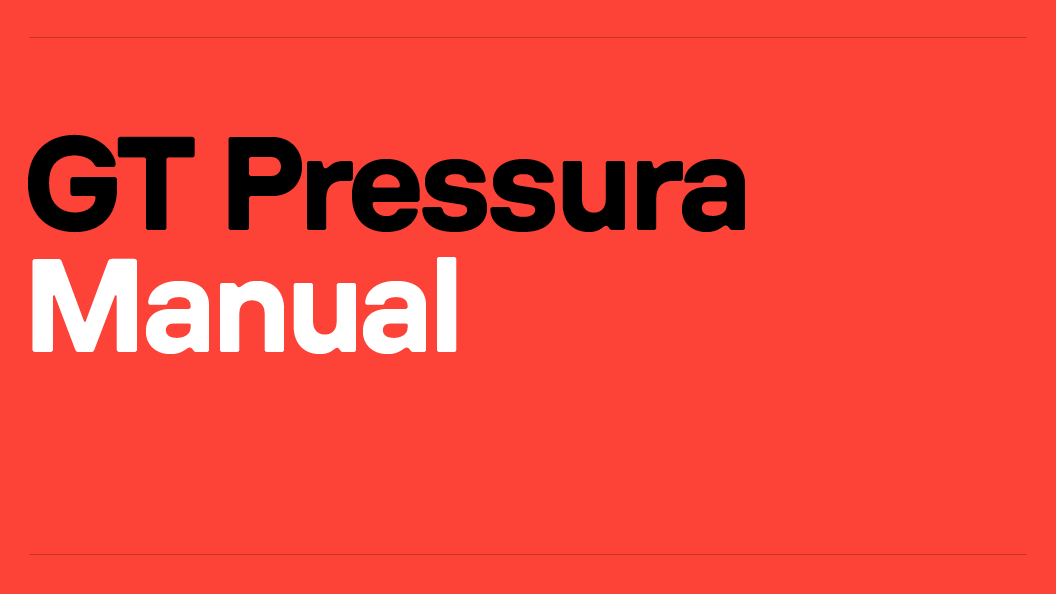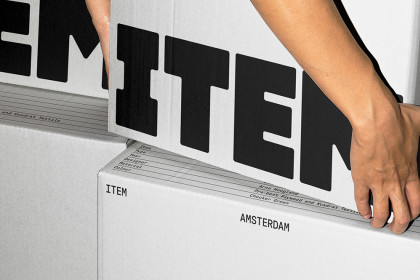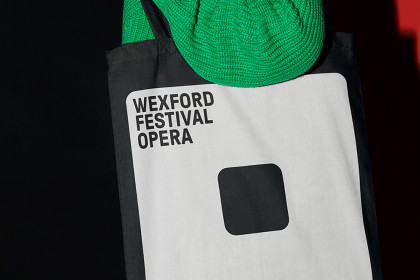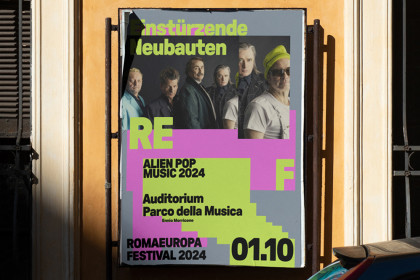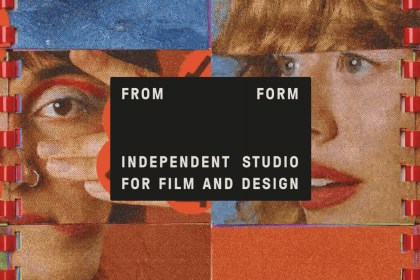GT Pressura
Family overview
- Standard
- Light Italic
- Text Italic
- Regular Italic
- Medium Italic
- Bold Italic
- Black Italic
- Mono
- Light Italic
- Text Italic
- Regular Italic
- Medium Italic
- Bold Italic
- Black Italic
- Extended
- Light Italic
- Text Italic
- Regular Italic
- Medium Italic
- Bold Italic
- Black Italic
Subfamilies
- Standard LightBy the 1830s, railways on several continents were carrying containers that could be transferred to other modes of transport.
- Standard Light ItalicE.g. by bulk carrier or tank ship, tank car or truck. For air freight, the more light-weight IATA-defined
- Standard TextTurned away from it all like a blind man
- Standard Text ItalicUnder the supervision of Tantlinger, a new 35 ft (10.67 m) x 8 ft (2.44 m) x 8 ft 6 in (2.59 m) Sea-Land container was developed, the length determined by the maximum length of trailers then allowed on Pennsylvanian highways.
- Standard RegularE.g. by bulk carrier or tank ship, tank car or truck. For air freight, the more light-weight IATA-defined
- Standard Regular ItalicNational Wooden Pallet and Container Association, 1421 Prince, Suite 340 Alexandria, VA 22314-2805
- Standard MediumThese are the days it never rains but it pours
- Standard Medium Italic20' Standard Steel, 28,300 kg, 20'×8'×8'6", 33m3
- Standard BoldThese are the days it never rains but it pours
- Standard Bold ItalicBy the 1830s, railways on several continents were carrying containers that could be transferred to other modes of transport.
- Standard BlackΞηρά φορτία χαρακτηρίζονται όλα τα στερεά φορτία εκτός των υγρών φορτίων, όπως είναι τα διάφορα συσκευασμένα εμπορεύματα.
- Standard Black ItalicKeep coming up with love but it’s so slashed and torn
- Settings
Typeface information
GT Pressura is inspired by metal type printing history as well as engineered letters stamped onto shipping boxes. It uses the visual gesture of ink spreading under pressure as a stylistic device, offering an alternative to more spindly typefaces of the digital age.
Typeface features
OpenType features enable smart typography. You can use these features in most Desktop applications, on the web, and in your mobile apps. Each typeface contains different features. Below are the most important features included in GT Pressura’s fonts:
- TNUM
- Tabular Figures
13.07.2048
- SS01
- Alternate a
React
- CASE
- Case sensitive forms
¿TE GUSTA?
Typeface Minisite
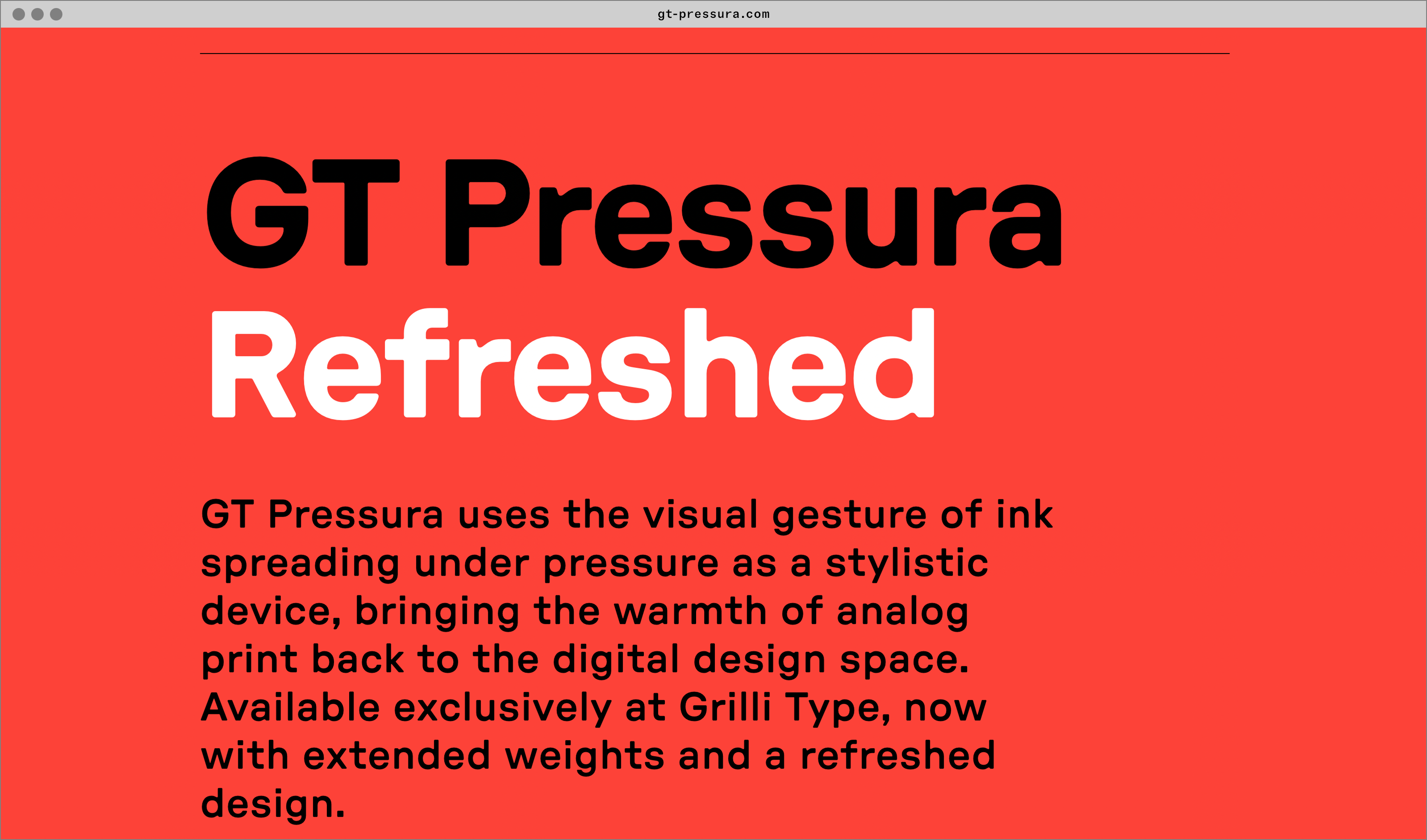
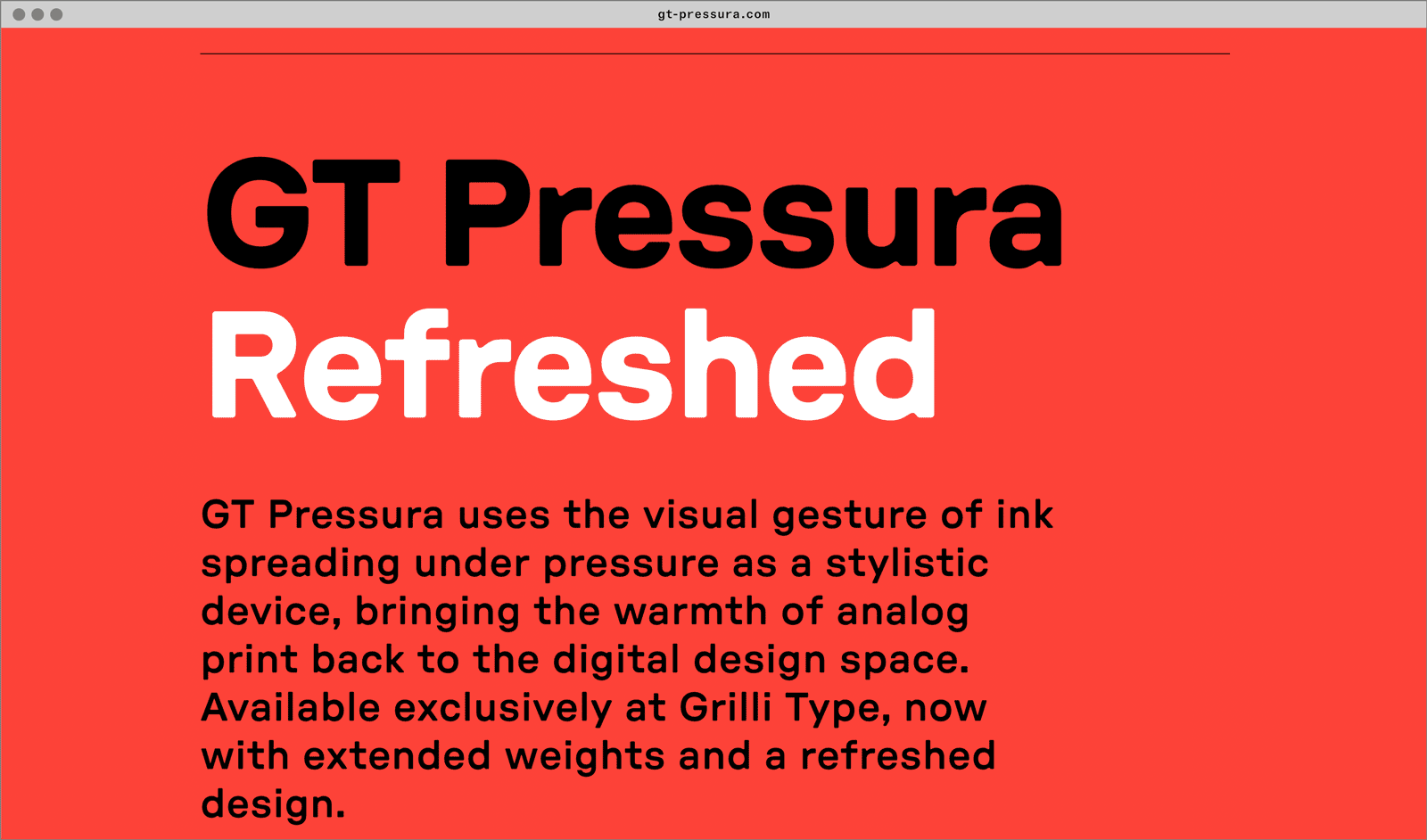
- Visit the GT Pressura minisite to discover more about the typeface family’s history and design concept.
GT Pressura in use
